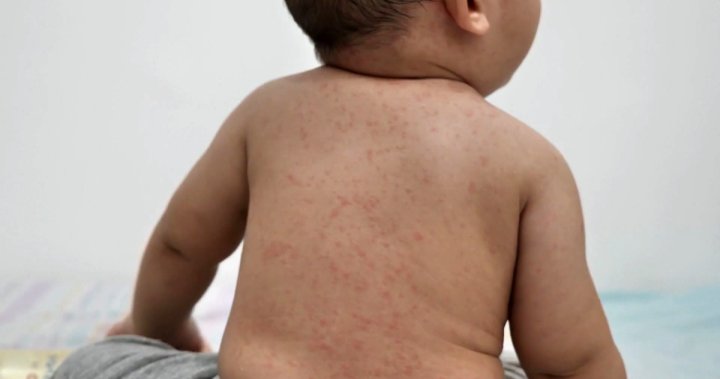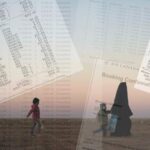A concerning wave of measles infections is sweeping across Western Canada, prompting health authorities to sound the alarm on what was once considered a nearly eradicated disease. In British Columbia alone, officials have confirmed seven cases since January, while Alberta has reported five cases in the Calgary region—numbers that signal a troubling resurgence of this highly contagious virus.
“We’re seeing a perfect storm of factors,” explains Dr. Maria Gonzalez, infectious disease specialist at Vancouver General Hospital. “Vaccination hesitancy, increased international travel post-pandemic, and the extreme contagiousness of the measles virus have created conditions for these outbreaks.”
The measles virus, which can remain airborne for up to two hours in enclosed spaces, spreads with remarkable efficiency. One infected person can transmit the disease to between 12 and 18 unvaccinated individuals, making it one of the most contagious infections known to medical science.
Public health departments across Western Canada have responded swiftly, establishing emergency vaccination clinics and launching awareness campaigns. In Winnipeg, where two cases were recently confirmed, calls to vaccination centers have increased by 230% in just the past week.
“People often forget how serious measles can be,” says Dr. Jonathan Reid, Chief Medical Officer for Alberta Health Services. “Before widespread vaccination, measles caused 400-500 deaths annually in Canada and left thousands with permanent disabilities including brain damage and hearing loss.”
The outbreak has triggered particularly strong responses in communities with previously low vaccination rates. In parts of British Columbia’s Fraser Valley, where vaccination rates had dipped below 70% in some areas, clinics are now reporting record numbers seeking the MMR (measles, mumps, rubella) vaccine.
Sarah Thompson, a mother of three from Abbotsford, represents this changing mindset: “I had been on the fence about vaccines for years, but seeing these outbreaks in our community changed my perspective. I brought all my children in this week for their shots.”
Health officials emphasize that the MMR vaccine is approximately 97% effective after two doses and has an exceptional safety record spanning decades. The current Canada News coverage has highlighted both the efficacy and importance of maintaining high community vaccination rates.
Economic impacts are beginning to materialize as well. School absences have spiked in affected regions, and some businesses report staff shortages as exposed workers without immunity documentation are asked to quarantine. Health economists at the University of British Columbia estimate that each hospitalized measles case costs the Canadian healthcare system approximately $25,000, not including lost productivity.
Indigenous communities in Western Canada are taking particularly proactive approaches. The First Nations Health Authority has deployed mobile vaccination units to remote communities, recognizing the potential devastation an outbreak could cause in areas with limited medical facilities.
“This is a preventable crisis,” states Dr. Alanna Mitchell from the BC Centre for Disease Control. “The science is clear—vaccination works. We’re not just protecting individuals but maintaining that crucial herd immunity that shields those who genuinely cannot be vaccinated due to age or medical conditions.”
As world news reports indicate similar outbreaks across Europe and parts of Asia, Canadian health authorities are heightening surveillance at major ports of entry and international airports. Travel-related cases have been identified as the source of at least four of the Western Canadian infections.
With summer travel season approaching, health officials urge anyone planning international trips to verify their vaccination status and ensure they’re fully protected. The standard recommendation is two doses of the MMR vaccine, typically given at 12 months and between 4-6 years of age, though catch-up schedules are available for those who missed these childhood immunizations.
As communities mobilize to contain these outbreaks, the question remains: will this current crisis serve as the wake-up call needed to restore vaccination rates to the levels required for true population protection, or are we witnessing the beginning of a new era where previously conquered diseases once again threaten public health?


















